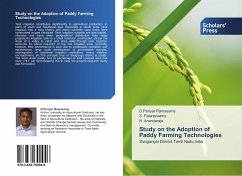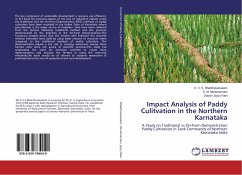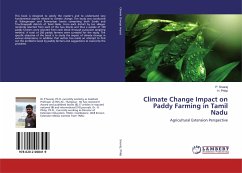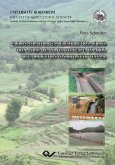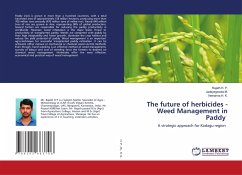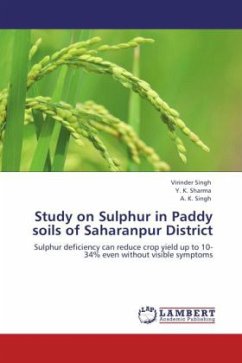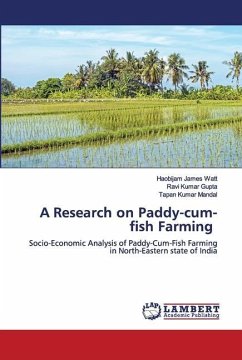Tank irrigation contributes significantly to agricultural production in parts of south and Southeast Asia. Especially in South India, tank irrigation has a long history and many currently used tanks were constructed in past centuries. Tank irrigation systems are less capital-intensive and have wider geographical distribution than large projects.An irrigation tank is a small reservoir constructed across the slope of a valley to catch and store water.Though tank irrigation accounts for about one-third of the rice irrigated area, currently, however, their performance is poor due to inadequate operation and maintenance, large scale development of groundwater sources, disintegration of traditional irrigation institutions, heavy siltation, encroachment, etc.The principal crop of Sivaganga district is paddy. The area under paddy and its percentage to total cropped area has more (74.7 per cent).Keeping this in view, the present research study was formulated.
Bitte wählen Sie Ihr Anliegen aus.
Rechnungen
Retourenschein anfordern
Bestellstatus
Storno

